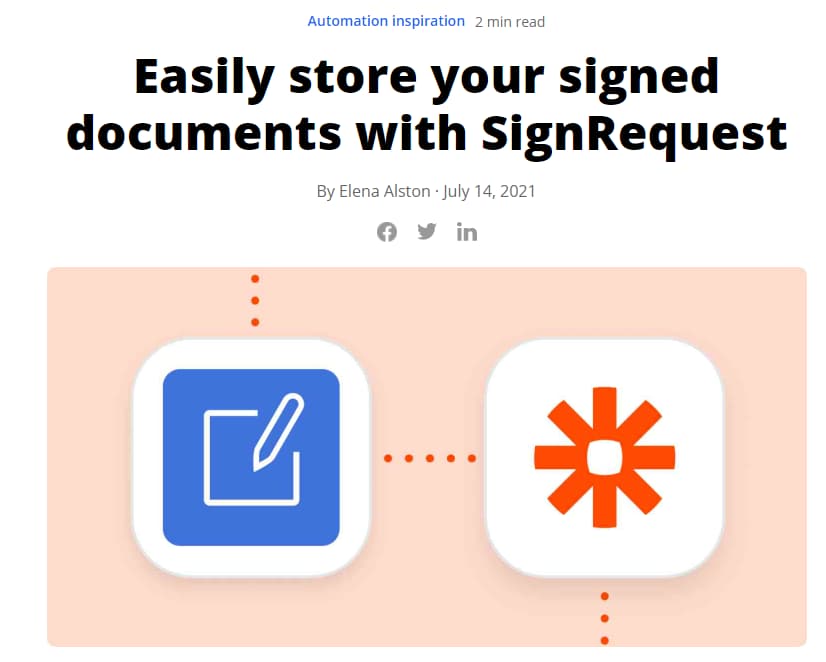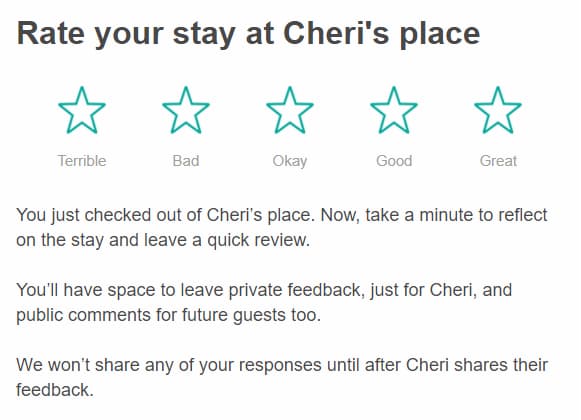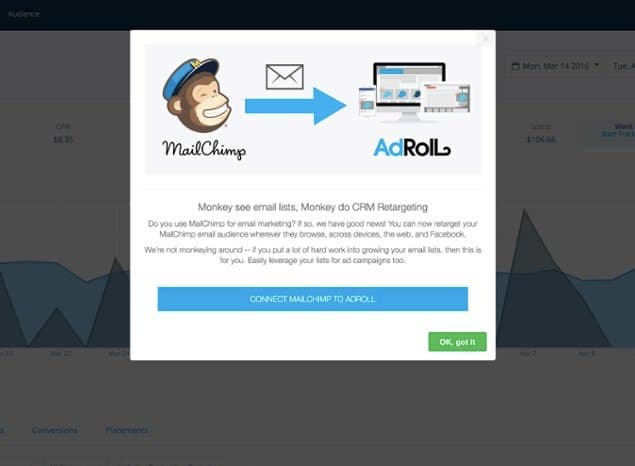4 powerful growth strategies (+ innovative examples)
.gif)
.png)
.gif)
.png)
Mailchimp CEO and co-founder Ben Chestnut has frequently told the story of an all-hands meeting with his team in 2014. People were raising their hands and asking, “So what’s the strategy?”
Chestnut brushed it off, replying, “We don’t need no stinkin’ strategy—we’ve got this!” The employees of Mailchimp were not impressed with this cavalier approach. Chestnut reflected on this reaction after the meeting and realized the company actually needed a business growth strategy—some type of plan or goal. And the rest is history.
If you’re sitting over there like Chestnut back in 2014, tasked with designing an overall strategy for growth, the examples below should get the wheels turning. Just remember: For a growth strategy to be effective, you need to align the entire organization around the plan. We’re talkin’ engineering, marketing, leadership, design, product management, etc. From there, you can determine your tactics and analyze those efforts to make informed decisions about “what comes next.”
A growth strategy is a plan of action that allows you to achieve a higher level of market share than you currently have. Contrary to popular belief, a growth strategy is not necessarily focused on short-term earnings; growth strategies can be long-term, too.
As an action plan, your growth strategy should include the following components:
Your growth strategy needs to be communicated across your organization, so everyone is on the same page and can share ideas on the plan. As Mailchimp saw in its 2014 all-hands meeting, teams can become uneasy if they don’t understand the company strategy.
If you’re clear about your growth strategy and the path to achieve it, teams will feel they can contribute to the company’s success. Defining a strategy certainly worked in Mailchimp’s favor: today, the company has an estimated annual revenue of more than $700 million.
You know you need a growth strategy, so... what should it be? There are four classic types of growth strategies, and companies may use one or more of the following.
Whew. These strategies are big concepts. You might be reading them and thinking, “Well, these are interesting, but how can I actually apply them to my business?” Don’t worry. We’re here to help!
One approach we like to take is thinking of strategies in the context of the customer lifecycle stages: acquisition, activation, advocacy, and retention. By looking at your growth strategy through the lens of a lifecycle stage, you can focus on specific tactics, such as “How can I apply a tactic to increase customer acquisition and achieve better market development?”
In journalism school, they teach you to write reports answering the basic questions: "who," "what," "when," "where," "why," and "how."
Defining the steps to a business growth strategy is kind of like answering these questions: you won't have a finished product without them.
While no two growth strategies are the same, here are a couple of key questions that you can ask to plan out the steps to your business growth plan.
Businesses can grow in many different ways. That's why it's important to understand what you're actually trying to grow when crafting a plan.
Some examples of business growth include:
When looking to grow, there's usually some sort of underlying reason why. Very rarely are businesses just throwing darts at a wall and working on things randomly.
Usually, the why behind these initiatives comes from market or industry research. For example, product marketing managers do competitive research to surface potential areas for growth based on what others in your category are doing.
What are you trying to achieve? Once you know the area of the business you're growing, you can lay out SMART goals to make sure you're actually meeting the mark.
Finally, it's important to understand the timeline behind your growth. Rome wasn't built in one day, and your company probably won't magically triple ARR in a quarter. Set a realistic timeline to work toward and track against as you grow sustainably.
When you first start thinking through your growth strategy, you might find it useful to apply a loose framework from the productivity app If This Then That (IFTTT).
IF you apply a tactic to THIS phase of the customer lifecycle, THEN you expect an impact on THAT type of growth strategy.
We’ve rounded up some examples of companies that achieved growth through a seemingly small tactic that yielded enormous payoff. Each of these examples should be understood in the context of the company where they were executed. While you can’t copy and paste their success, there's a lesson to be learned from each.
Zapier is all about integrations—it brings together tools across a user's tech stack, allowing events in one tool to trigger events in another, from Asana to HubSpot to Buffer. The beauty of Zapier is it sort of disappears behind these other tools. But that raises an interesting question: How do you market an invisible tool?
Zapier leveraged its multifaceted product personality through content marketing. The team takes every new integration on Zapier as a new opportunity to build authority through search and to appeal to a new audience on its blog.
The company’s blog reads like a collective guide to hundreds of tools, with specific titles like “How to Quickly Append Text to a Note in Evernote or OneNote from Your Browser” and “How to Automatically Generate Charts and Reports in Google Sheets and Docs.” Zapier’s strategy is to subtly make itself a content destination for the audiences of all these different tools.

This strategy helped their blog grow from zero to over 600,000 readers in just three years. The blog continues to grow as new tools and integrations are added to Zapier.
Takeaway: If you have a product with multiple use cases and integrations, try curating your content marketing around each use-case instead of aiming for a catch-all approach.
Remember the days when people used to hand out business cards? (Oh, and then they needed to be reprinted every time your contact info changed). LinkedIn launched an online version of this process to maintain professional contacts while also employing a “six degrees of separation” concept for people to grow their networks.
In the very beginning, the concept of contact importing was new, though it’s commonplace now. LinkedIn aggressively used this strategy back in 2004.
LinkedIn built an Outlook plugin that would sift through users’ contacts. They then used email marketing to reach out to these contacts. If you were an early adopter on the platform, you probably remember being on the receiving end of this strategy: "So I [someone you know] found you while I was looking around the network. Let’s connect directly; I’m happy to help you with requests and forward things incoming. It will probably make both of our networks bigger."
It became a cycle. This email would be sent out to the contacts of new users. Those contacts would sign up, and the email would go out to their contacts, and so on. LinkedIn found that a benchmark of four emails was needed before a user would sign up for a platform. Kind of a FOMO mentality among professionals. It worked: LinkedIn went from 500,000 users in 2004 to 2 million users in 2006.
Takeaway: Look for innovative ways to use your existing user base and draw new users into your product.
Airbnb's origin story is one of the infamous growth hacking tales. Founders Brian Chesky and Joe Gebbia knew their potential audience was already using Craigslist, so they engineered their own integration. This connection allowed hosts to double post their ads to Airbnb and Craigslist at the same time.
While this integration got Airbnb off its feet, it’s not what allowed the brand to keep growing. You know how you check out reviews of a product before you buy? The same is true for staying in someone else’s house. The company’s review system became a critical factor in drawing guests to the platform. For 50% of bookings, guests visit a host profile at least once before booking a trip, and hosts with more than 10 reviews are 10X more likely to receive bookings.
Airbnb grew its network of users by making reviewing really easy:

By making reviews easier and more honest, Airbnb grew the number of reviews on the site, which in turn grew its authority.
Takeaway: Identify barriers to trust and smooth points of friction within your product.
The Head of Growth at AdRoll wanted to experiment with in-app messaging in order to target the right AdRoll users more effectively. But growth experiments like this require rapid iteration. Engineers are better suited for longer development cycles, and adding in-app messaging would be a distraction.
So the team started using Appcues to create custom modal windows quickly and easily—and without input from their developers. With a no-code solution in place, AdRoll’s growth team could design and implement however many windows they needed to drive adoption of the features they were working on.
One feature that needed an adoption boost was AdRoll’s integration with Mailchimp (Mailchimp is making all kinds of appearances in this article!). The feature allows users to retarget ads to their email subscribers in MailChimp. However, AdRoll found that very few users were actually making use of this integration.
Here's how AdRoll drove adoption for the Mailchimp integration:
AdRoll set the modal to appear as users logged in to their dashboards—a place where users are already poised to take action on their ad campaigns.

This single experiment yielded thousands of conversions and ended up increasing the adoption rate of the integration to 60%. The experiment is so easy to replicate that the team now uses modal windows for all kinds of growth experiments.
Takeaway: Use customer retention tools and in-app messaging in strategic spots to improve user adoption within your product.
GitHub began as a software development tool called Git. It was designed to solve a problem its coder founders were having by enabling multiple developers to work together on a single project. But it was the discussion around Git—what the founders nicknamed “the GitHub”—that became the tool's core value.
GitHub's founders realized the problem of collaboration wasn't just a practical software problem—the whole developer community was missing a communal factor. So they focused on growing the community side of the product, creating a freemium product with an open-source repository where coders could come together to discuss projects and solve problems with a collective mindset.
They created the ability to follow projects and track contributions, so there's both an element of camaraderie and an element of competitiveness. This community turned GitHub into a sort of social network for coding. A little over a year after launch, GitHub had gained its first 100,000 users. In July of 2012, just four years after the company was founded, GitHub secured $100M in venture capital.
By catalyzing the network effect, it’s possible to turn a tool into a culture. For GitHub, the more developers got involved, the better the tool became.
Takeaway: Find a community for your product and give them a place to come together.
BuzzFeed is a constantly churning content machine, publishing hundreds of pieces a day and getting over 3.2 billion content views per month. BuzzFeed's key growth strategy has been to define virality and pursue it in everything they do.
Jonah Peretti, BuzzFeed's CEO, shut off the noise and started listening to readers. He found that readers were more concerned about their communities than about the content—they were disappointed when they didn't find something to share with their friends. The most important metrics the Buzzfeed team could judge themselves by were social shares and traffic from social sites.

BuzzFeed created the Golden Rules of Shareability to further refine its criteria and analyzed its viral content to build a formula for what makes something inherently shareable. Having a standard is important because it makes it possible for Team BuzzFeed to take leaps into new topics and areas.
Takeaway: You need to give the people what they want, and that means identifying criteria for what content will attract people to your platform based on data and feedback.
None of these growth spurts happened by changing a whole company all at once. Instead, these teams found something small—a way in, a loophole, a detail—and carved out that space so growth could follow.
Whether you find a single feature in your product is the key to engaging users or you discover a north star metric that allows you to replicate success, pinpoint a target for your growth strategy and dig into it. Pay attention. Listen to your users. Notice what's happening in your product and what could be better. Learning is your first step in defining your next growth strategy.